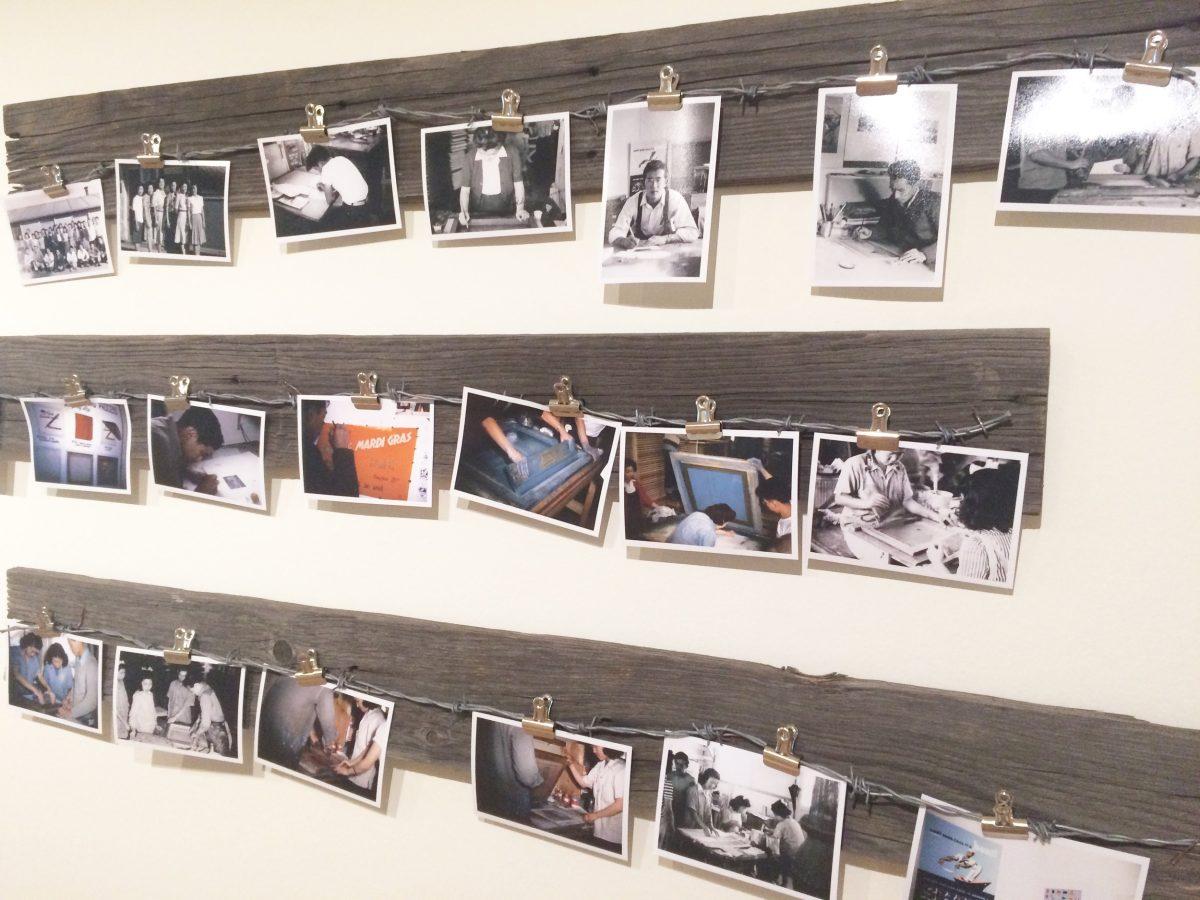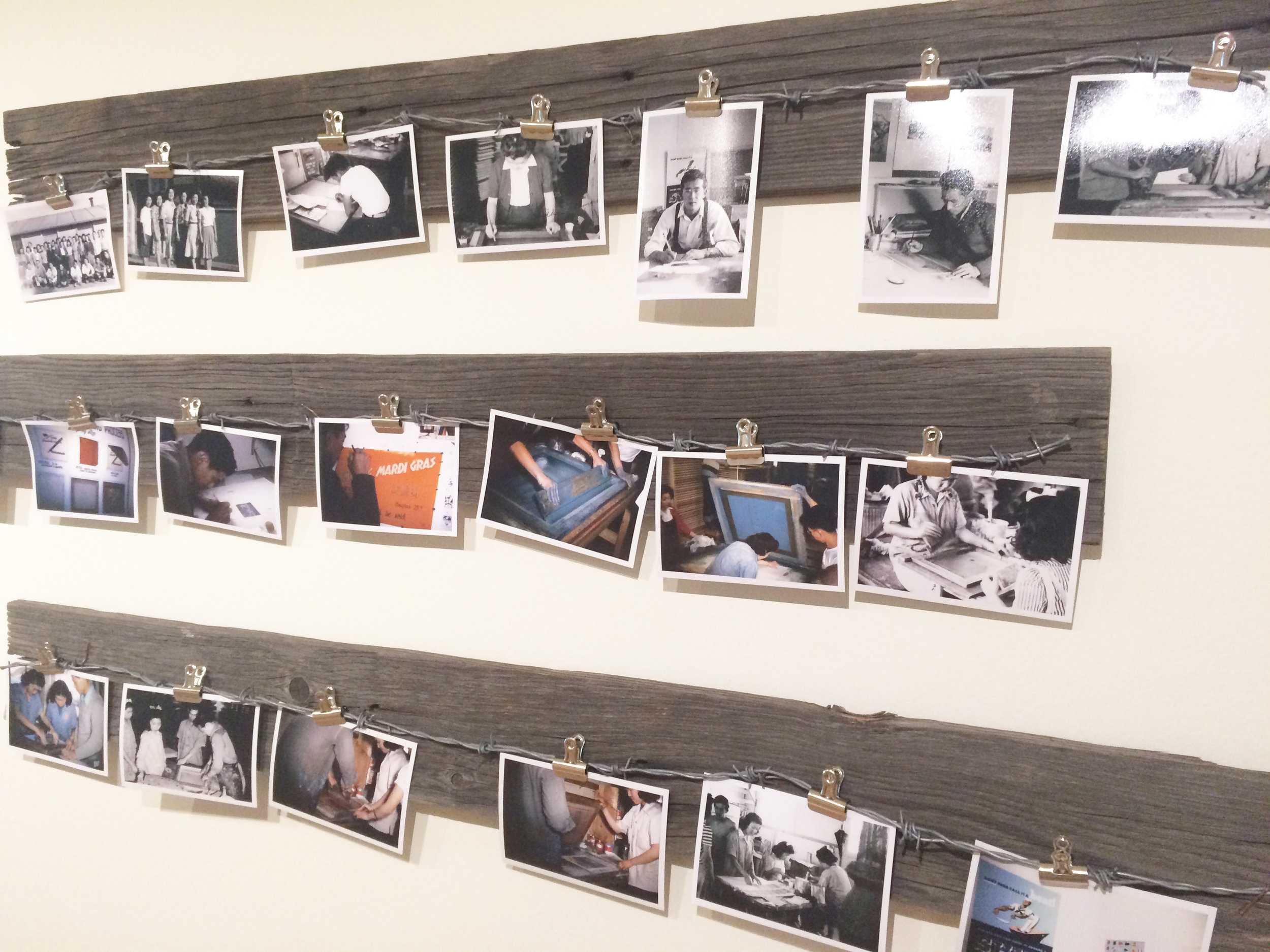A new art exhibit called “Creativity Unconfined: Life in a WWII Japanese American Internment Camp,” is on display on the second floor of the library on campus. This exhibit showcases the life of Japanese people living in the Amache internment camp in southeast Colorado. The gallery presents artifacts and digitized art reflecting the lives of Japanese people during this time.
The National Endowment for the Humanities grant was awarded to the Anthropological Studies Center, which is the reason this project is on display. It displays the positive and negative aspects of life for Japanese people during this time and even resonates with local leaders on campus.
The curator of the exhibit, Dana Shew, is an archaeologist and oral historian for the Anthropology Studies Center at Sonoma State University.
“The project’s aim is to preserve and share the story of internment and specifically Amache by digitizing objects and items from that camp,” said Shew.
Some of the more notable artifacts were the pictures of the Amache Silk Screen Shop, where Japanese people created posters for the U.S Navy. This was a significant installation because it displayed one of the camp’s internee run enterprises and an artistic outlet in the camp.
“Sometimes the beauty lies more within the creativity and ingenuity needed to create a piece rather than the piece itself,” said Shew.
She explains how the Japanese used their creativity with screen printing and creating carvings out of fruit crates.
The art show draws a parallel to president Judy K. Sakaki’s background as a Japanese-American woman who had family members in internment camps. In 2009, Sakaki was on a board of officials that granted seven hundred honorary degrees to Japanese-Americans who were students prevented from obtaining degrees due to internment. Sakaki welcomed them back into the University of California system and they participated in a commencement ceremony, which they previously did not have access to.
Additionally, Sakaki mentioned in her keynote speech in the commencement at the University of California, Riverside in 2010, her experience being a child of Japanese immigrants. She highlights how her grandparents immigrated to the United States and were later placed in internment camps during WWII.
Shew even had her own personal connection to the exhibit. Shew had been working with the women from the Amache Internment Camp since 2007, when she was completing her master’s thesis. Shew’s grandmother and her family were incarcerated at the internment camp called Topaz in Utah.
The exhibit demonstrates the struggles and accomplishments of the Japanese in internment camps. More importantly, this exhibit serves to educate people in our campus community about the history of a particular group of people and their triumph.
The exhibit runs until Sept. 23.





![[Both photos courtesy of sonoma.edu]
Ming-Ting Mike Lee stepped in as the new SSU president following Sakakis resignation in July 2022](https://sonomastatestar.com/wp-content/uploads/2024/04/CC4520AB-22A7-41B2-9F6F-2A2D5F76A28C-1200x1200.jpeg)



























